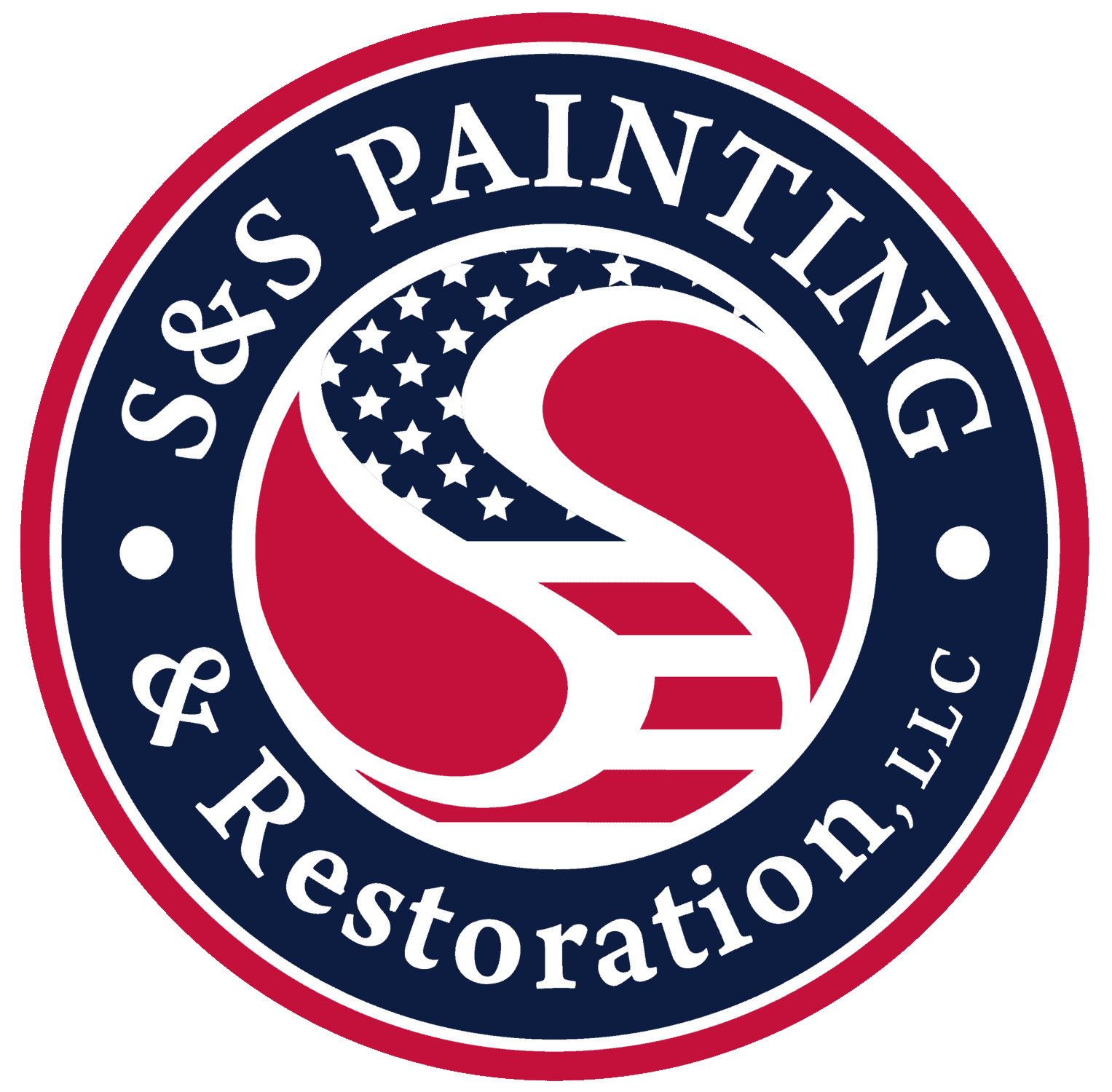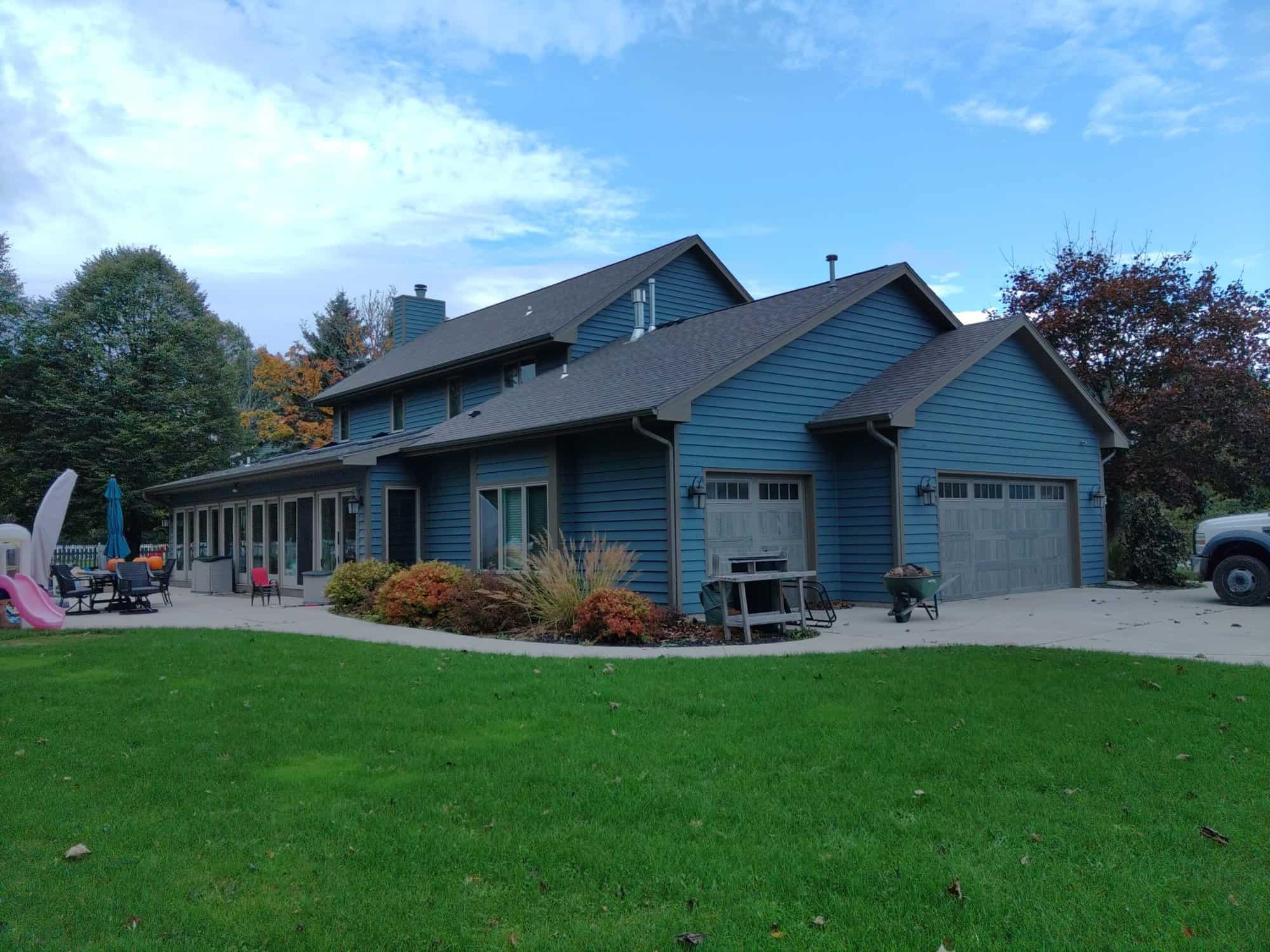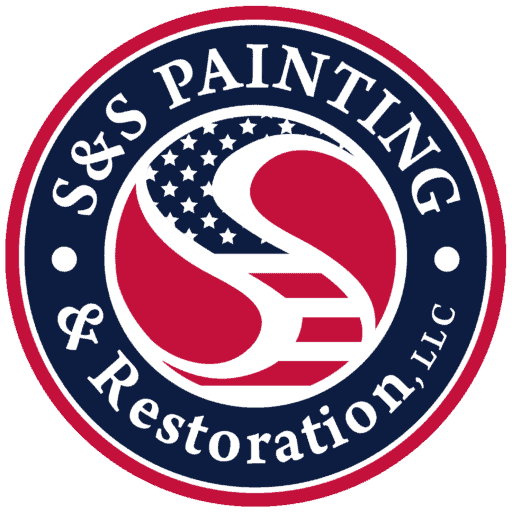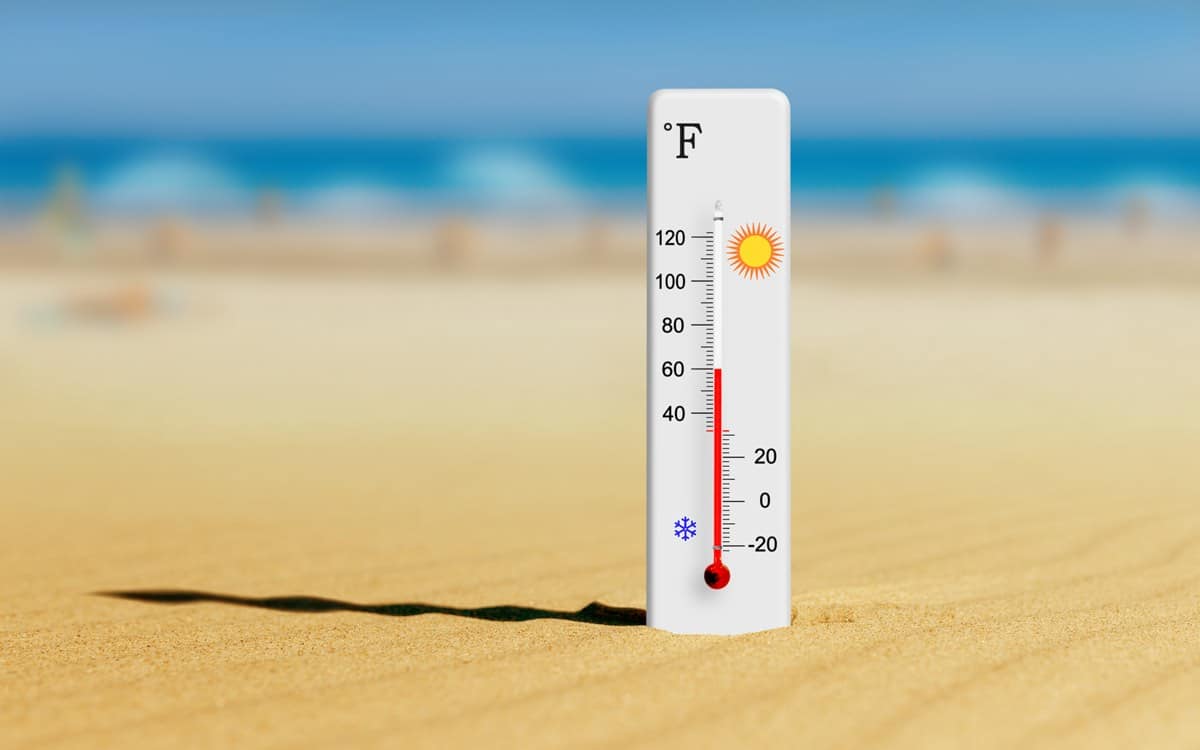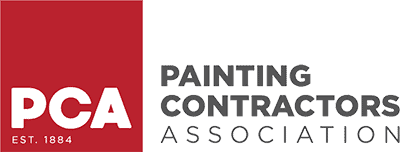When you’re planning a commercial exterior painting project, timing is everything. One of the most common (and most important) questions we hear from commercial building owners is:
“What is the ideal painting weather?”
It’s a smart question. After all, the weather can make or break the outcome of your investment in a painting project. Choosing the right conditions not only ensures your paint adheres properly, but also extends the life of the finish. So let’s dig into what commercial property owners need to know to get the timing just right.
Key Takeaways:
- The ideal painting weather is mild, dry, and consistent.
- Temperature and humidity levels play a big role in paint application.
- Spring and early fall are typically the best seasons to paint in Wisconsin.
- Painting outside recommended temperature or moisture ranges can lead to peeling, cracking, or bubbling.
- Work with professionals who understand how to schedule around Midwest weather patterns.
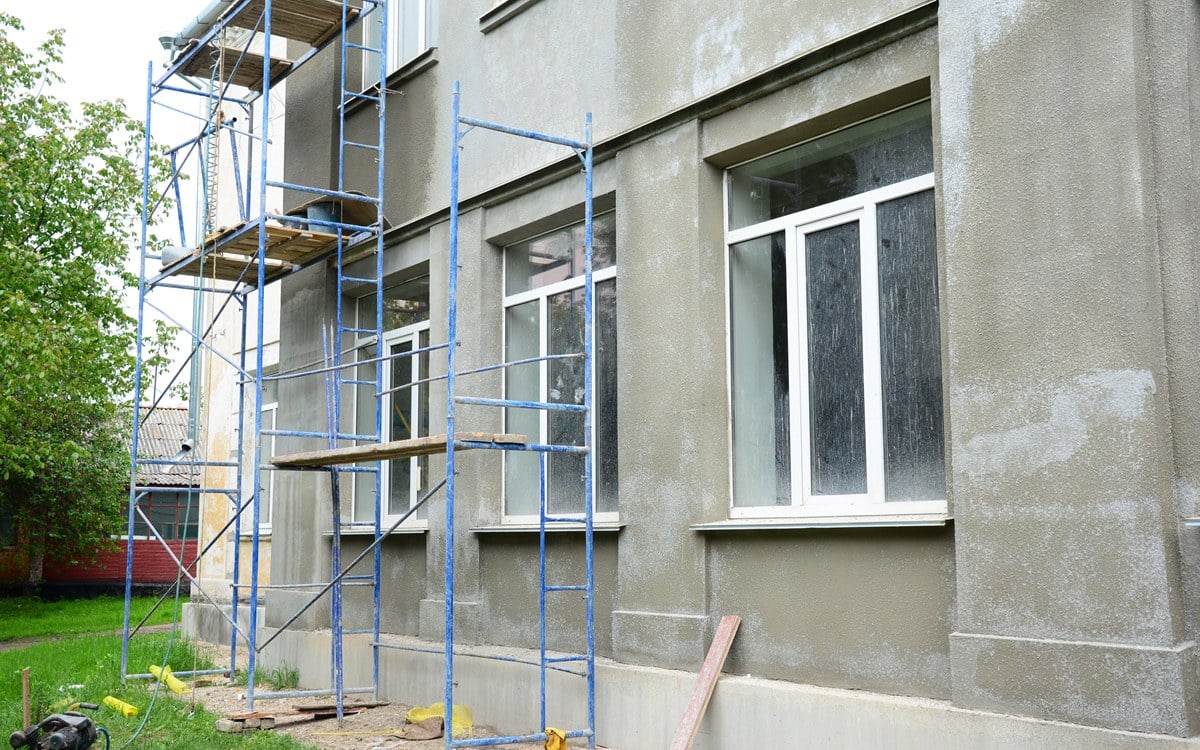
Why Weather Matters So Much for Exterior Painting
Exterior paint is more than just a cosmetic upgrade—it’s a protective layer against wind, moisture, UV rays, and temperature swings. But it can only do its job if it’s applied correctly. If paint is applied in poor weather conditions, it may not cure properly, which leads to problems down the road.
Here are just a few examples of what can go wrong when the weather isn’t right:
- High humidity can cause paint to dry too slowly or not at all.
- Cold temperatures can thicken the paint, making it harder to apply evenly.
- Hot surfaces (like sun-baked walls) can cause the paint to dry too quickly and not bond well.
- Rain or morning dew can interfere with drying, causing bubbling or streaks.
When you factor in the scale of a commercial property, these issues multiply quickly. It’s worth getting it right the first time.
What Is the Ideal Painting Weather?
Most paint manufacturers recommend applying exterior paint when the air and surface temperatures are between 50°F and 85°F, with low humidity. Let’s break that down:
1. Temperature: Aim for the Sweet Spot
- Daytime Highs: 60°F to 80°F is ideal.
- Nighttime Lows: Should not drop below 50°F after painting.
- Avoid painting in extreme heat or cold.
Paints need time to dry and cure. If the temperature drops too low at night, it can cause condensation on the surface, leading to flaws in the finish.
2. Humidity: Keep It Low
- Ideally below 50% humidity.
- Avoid painting when the humidity is above 85%.
High moisture levels in the air slow down the drying process and can cause issues like mildew growth or surface irregularities.
3. Wind: Watch the Forecast
- Strong winds can blow dust and debris into wet paint.
- They also cause paint to dry unevenly, which can ruin the look of the finish.
4. Precipitation: Zero Chance is the Goal
- Avoid painting if rain is forecast within 24 hours.
- Even early morning dew can affect curing if surfaces are still wet from the night before.
Best Seasons for Exterior Painting in Wisconsin
In areas like Sheboygan, Elkhart Lake, Kohler, and other Wisconsin suburbs, the painting season is relatively short. Here’s a quick look at when you can typically plan:
Spring (Late April to Early June)
- Temperatures begin to stabilize.
- Less humidity than summer months.
- Trees and plants aren’t in full bloom yet, which helps reduce pollen and debris.
Fall (Late August to Early October)
- Cooler, drier air.
- Fewer bugs and allergens.
- More consistent weather patterns than mid-summer.
Avoid peak summer and winter months whenever possible. Extreme cold and heat make painting more difficult and unpredictable.
What Happens If You Paint in the Wrong Weather?
We get it—sometimes you want to push ahead with a project and hope for the best. But in our experience, painting in the wrong conditions almost always leads to one of the following problems:
- Peeling and flaking paint within months.
- Mildew or mold developing under the paint.
- Color fading or patchy appearance.
- Uneven texture or roller/streak marks.
These aren’t just cosmetic problems—they can require expensive repairs or full repainting. That’s why we recommend being patient and scheduling wisely.

How Professional Painters Work Around the Weather
At our company, we specialize in exterior commercial painting for buildings across Sheboygan, Elkhart Lake, Kohler, and the surrounding Wisconsin suburbs. We don’t just slap on a coat of paint and call it a day.
Here’s how we ensure your paint job is timed perfectly:
- Thorough Weather Monitoring: We track short- and long-term forecasts to avoid risky weather windows.
- Flexible Scheduling: We build in buffer days for weather delays, so your project stays on track.
- Expert Product Selection: We choose paints that are formulated for Midwest conditions, including quick-dry or mildew-resistant options.
- Surface Prep: We never paint over wet, dirty, or poorly prepped surfaces—even if it means waiting another day.
This attention to detail helps us deliver a finish that looks great and lasts for years.
Final Thoughts: Patience Pays Off
If you’re a commercial building owner looking to boost curb appeal or protect your property with a fresh coat of paint, waiting for the ideal painting weather is more than worth it.
The combination of proper planning, professional expertise, and the right weather window can give your building a flawless, long-lasting finish.
Book Your Perfect Paint Day with S&S Painting & Restoration
Don’t let unpredictable weather ruin your investment. At S&S Painting & Restoration, we know exactly how to time your exterior painting project for long-lasting results. If you’re in Sheboygan, Elkhart Lake, Kohler, or the surrounding Wisconsin suburbs, we’re your go-to local pros.
Call us at 920-332-5772 or reach out online to lock in your spot on our seasonal painting schedule. Let’s make sure your building looks sharp—and stays protected—all year long.
